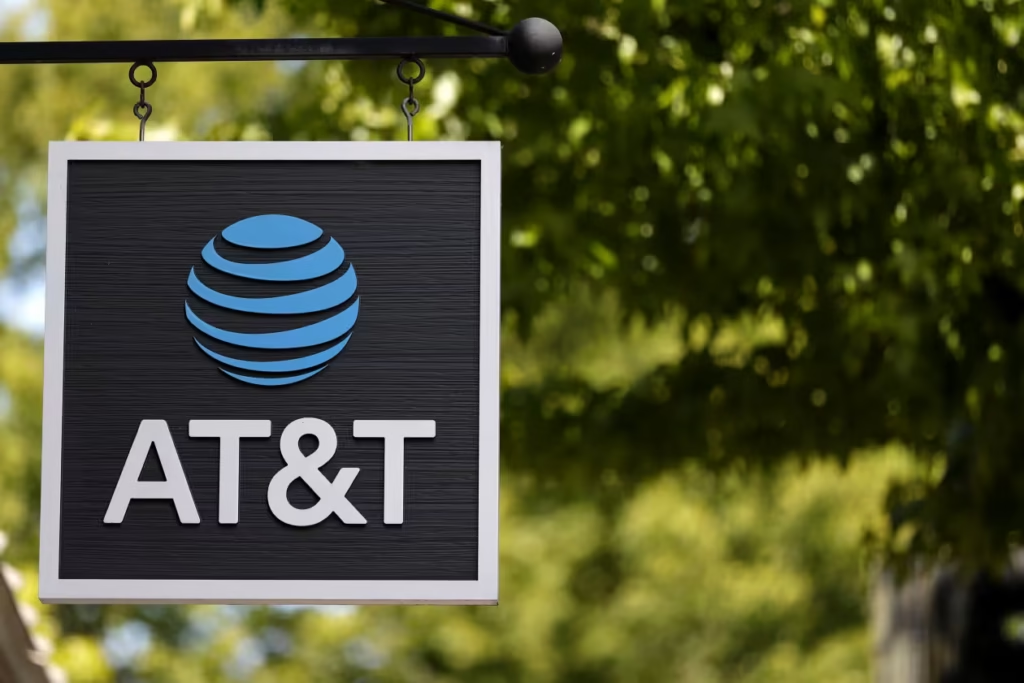Over the past two years, AT&T’s stock has performed better than the S&P 500.
Investors are pleased with AT&T Inc.’s makeover after it burned them in the past with debt-fueled media deals. Over the last several years, the corporation has refocused its operations on telecommunications, and its stock has increased to the point that, as compared to rival Verizon Communications Inc., it currently trades at about its greatest premium over the previous twenty years.
What therefore ought investors to do? According to an analysis published Wednesday by Barclays analyst Kannan Venkateshwar, AT&T’s “operational improvements” are now mostly represented in the company’s stock (T), which has increased 87% over the last two years while the S&P 500 SPX has increased 56%. According to Barclays, “industry tailwinds now starting to moderate and growth optionality being fully priced in” might make it more difficult for AT&T to sustain its outperforming trajectory.
Venkateshwar maintained his $30 target price but cut AT&T’s stock from overweight to equal-weight.
Venkateshwar pointed out that AT&T’s first half of the year witnessed “quite healthy” subscriber counts, and the company’s leadership team has hinted that the second half of the year would be comparable. Although phone upgrades aren’t always the best option for telecom businesses, investors should keep an eye on trends in this area. Although individuals may switch wireless carriers as a result of new phones, Barclays believes that the atmosphere is becoming more promotional, which would reduce profit margins.
Venkateshwar pointed out that although AT&T would experience net customer gains this year that are equal to those it saw in 2020, it might need to add 25% more gross customers to reach that level, which would have an effect on its margins. He voiced concerns about prevailing patterns in the wireless sector, such as the increased focus on wireless operations by cable providers and the resulting increased competition.
AT&T’s profitability will be under pressure as a result of increased attrition and upgrade rates. Because of the anticipated changes to the iPhone form factor and the resulting effects on free cash flow and margins, investors are probably going to be more cautious next year,” Venkateshwar noted.
Additionally, he stated that AT&T’s balance sheet will be scrutinized by investors. After taking on debt to finance purchases like the now-canceled Time Warner acquisition, the corporation reduced leverage in recent years. However, AT&T is now purchasing spectrum from EchoStar, which may “increase headline leverage.”
“This is likely to cap upside valuation over the near term, especially as upside to numbers from present levels may be more limited and the growth mix comes with a heavier margin drag for the industry as a whole,” Venkateshwar said. “AT&T will of course benefit significantly from lower cash taxes but a significant proportion of this near-term upside has now been committed to spectrum purchase.”
He pointed out that, based on enterprise value to earnings before interest, taxes, depreciation, and amortization, AT&T’s stock is currently trading at about its biggest premium over Verizon’s stock (VZ) in almost 20 years.





